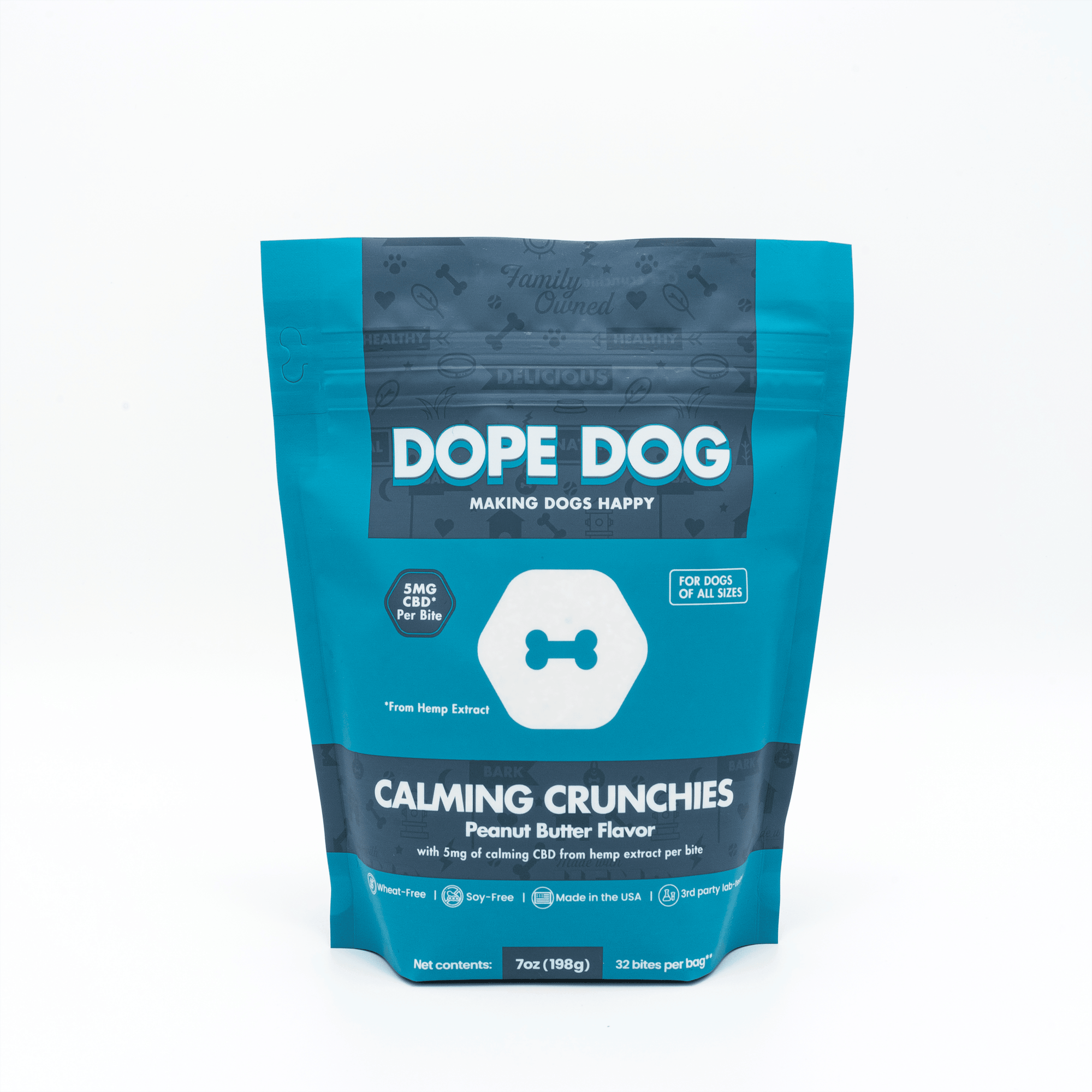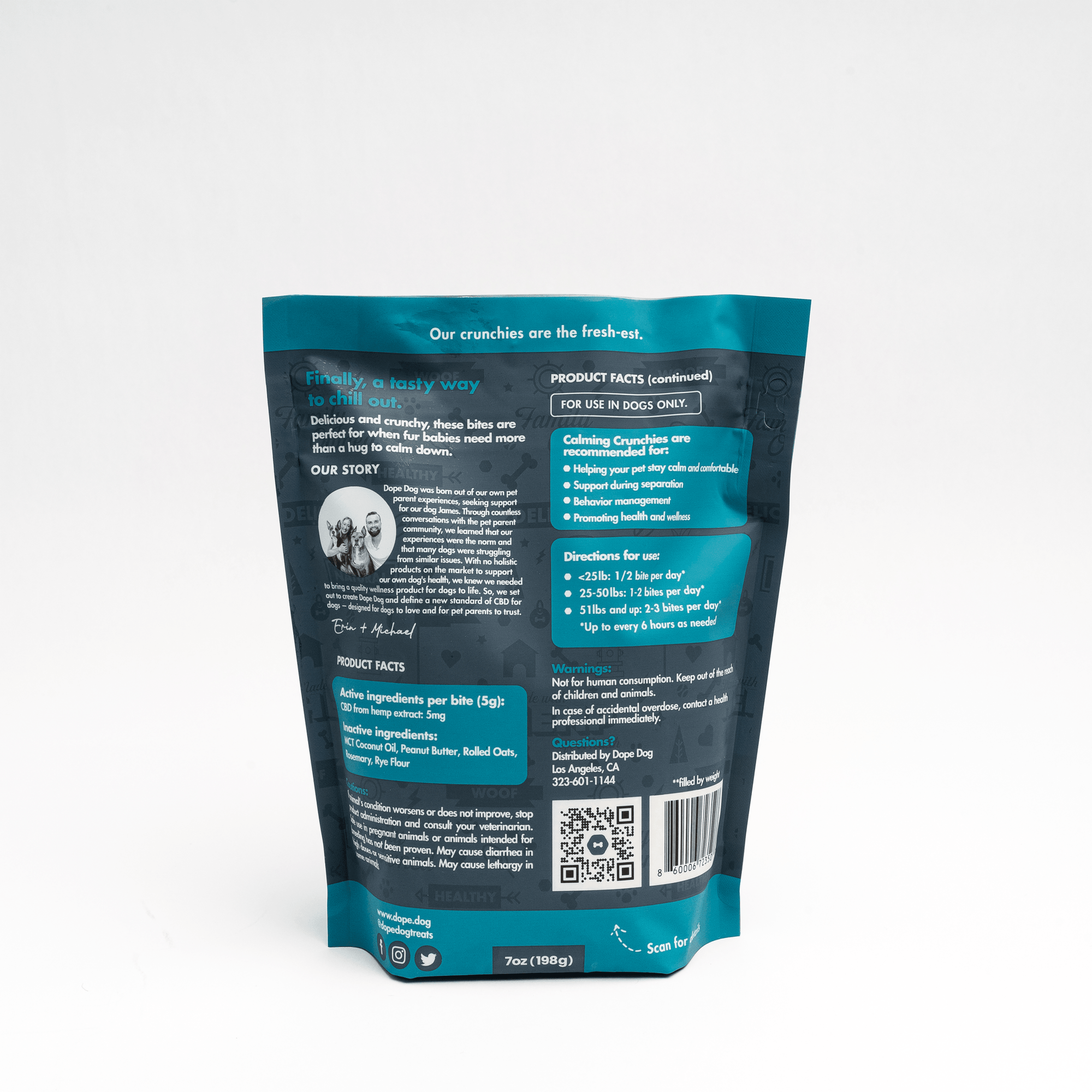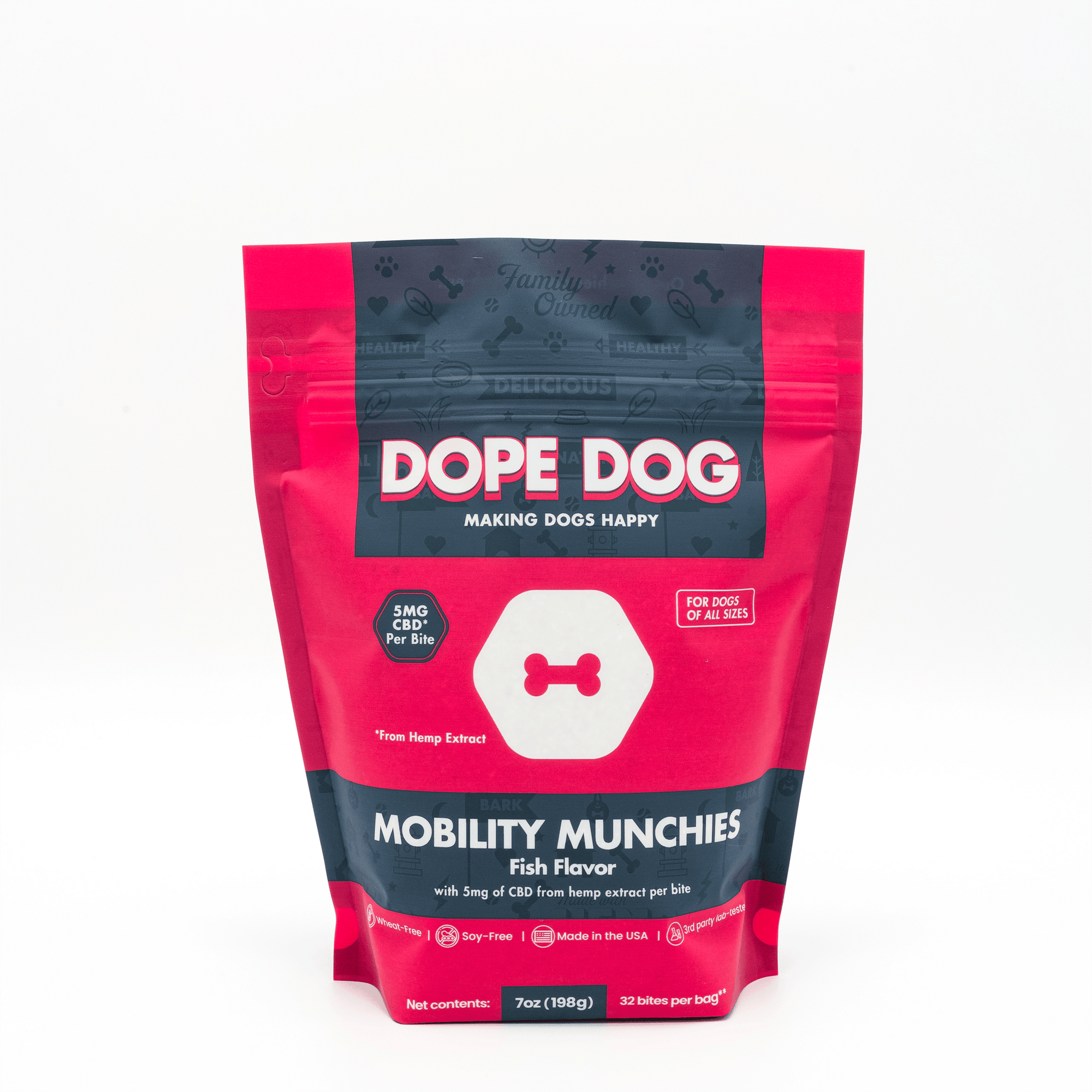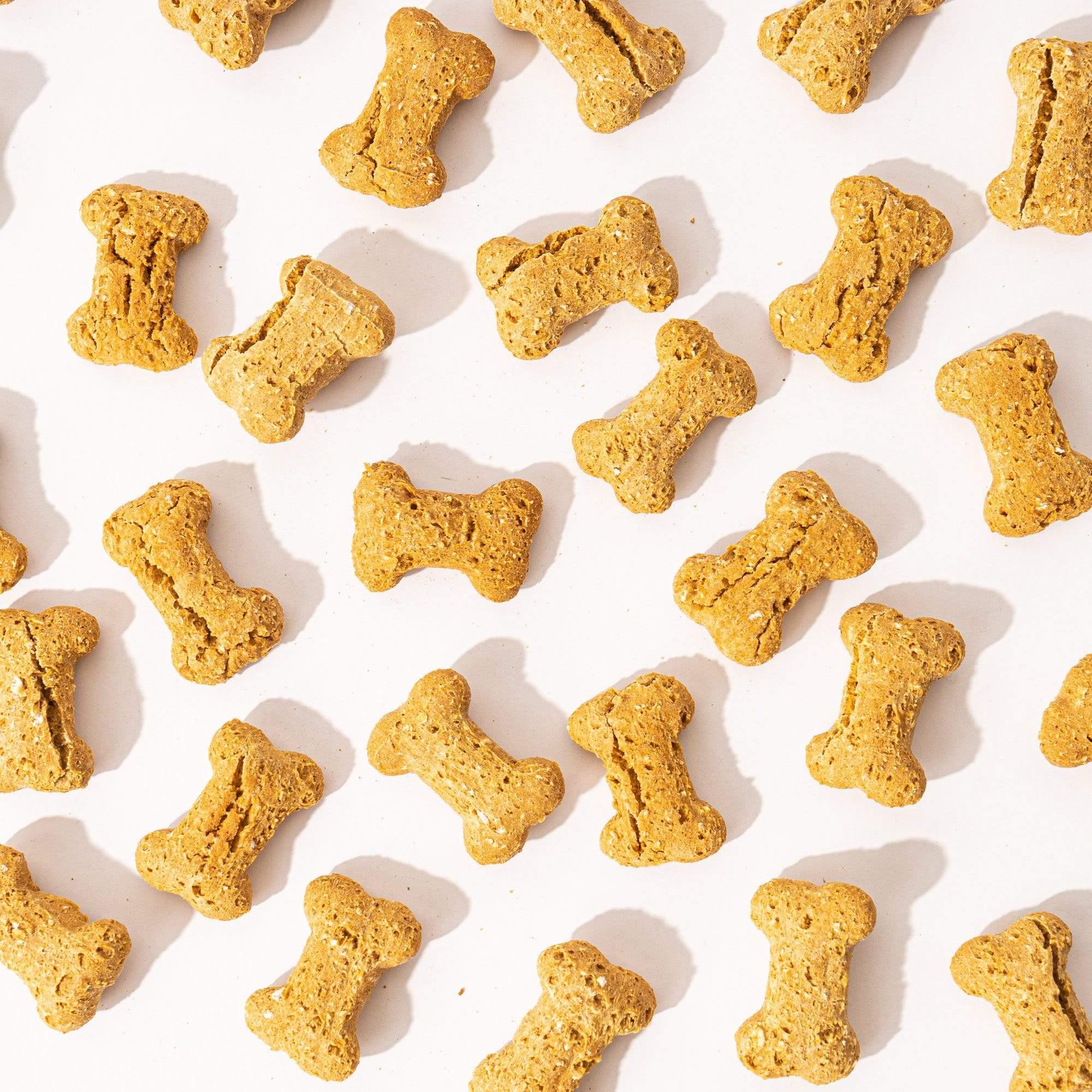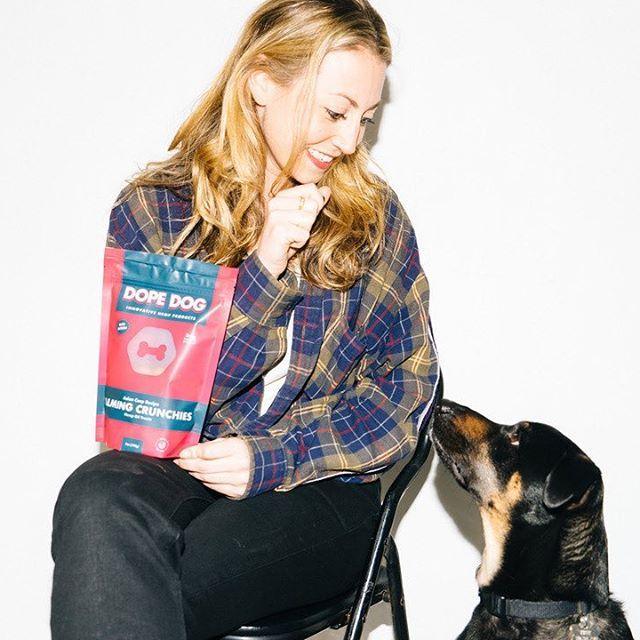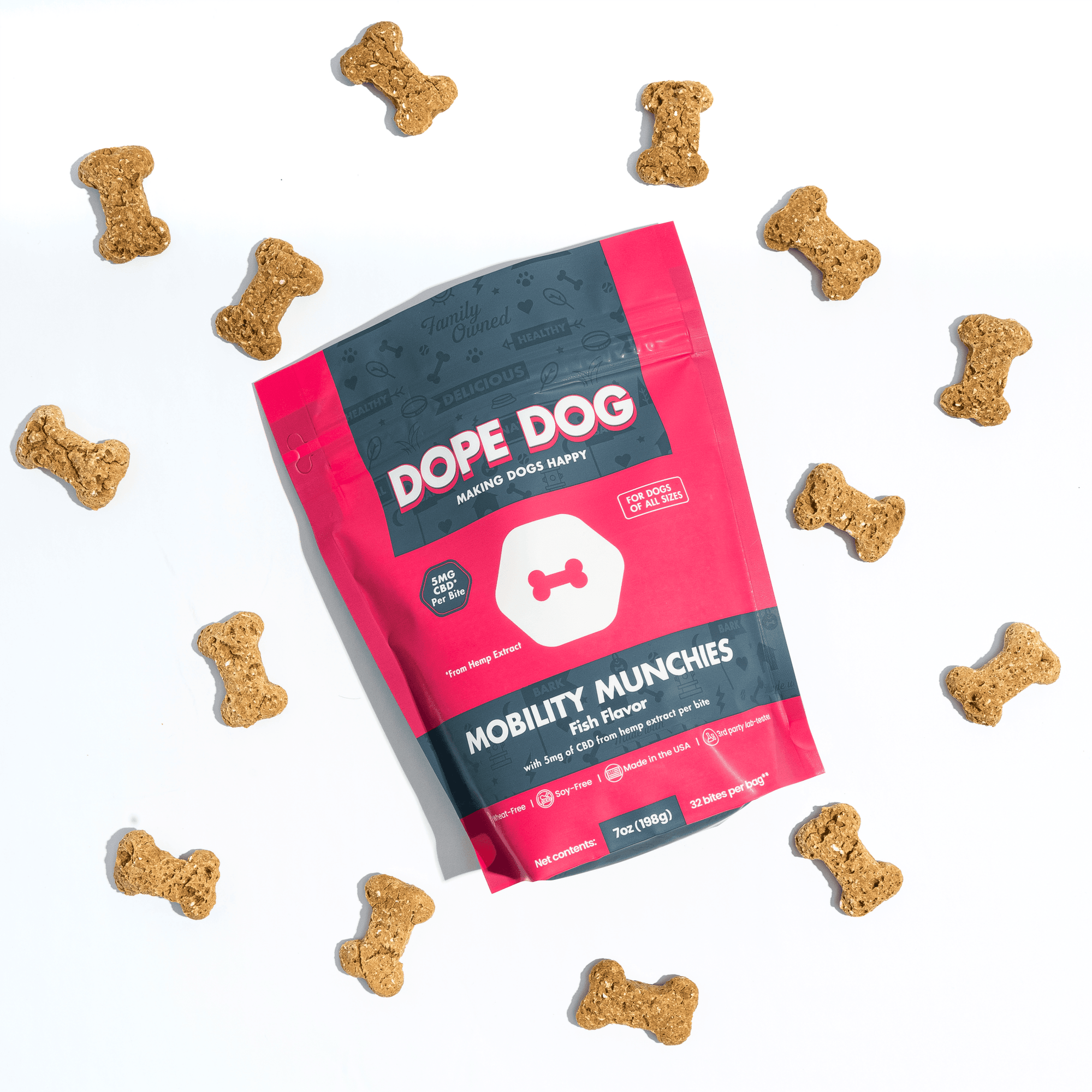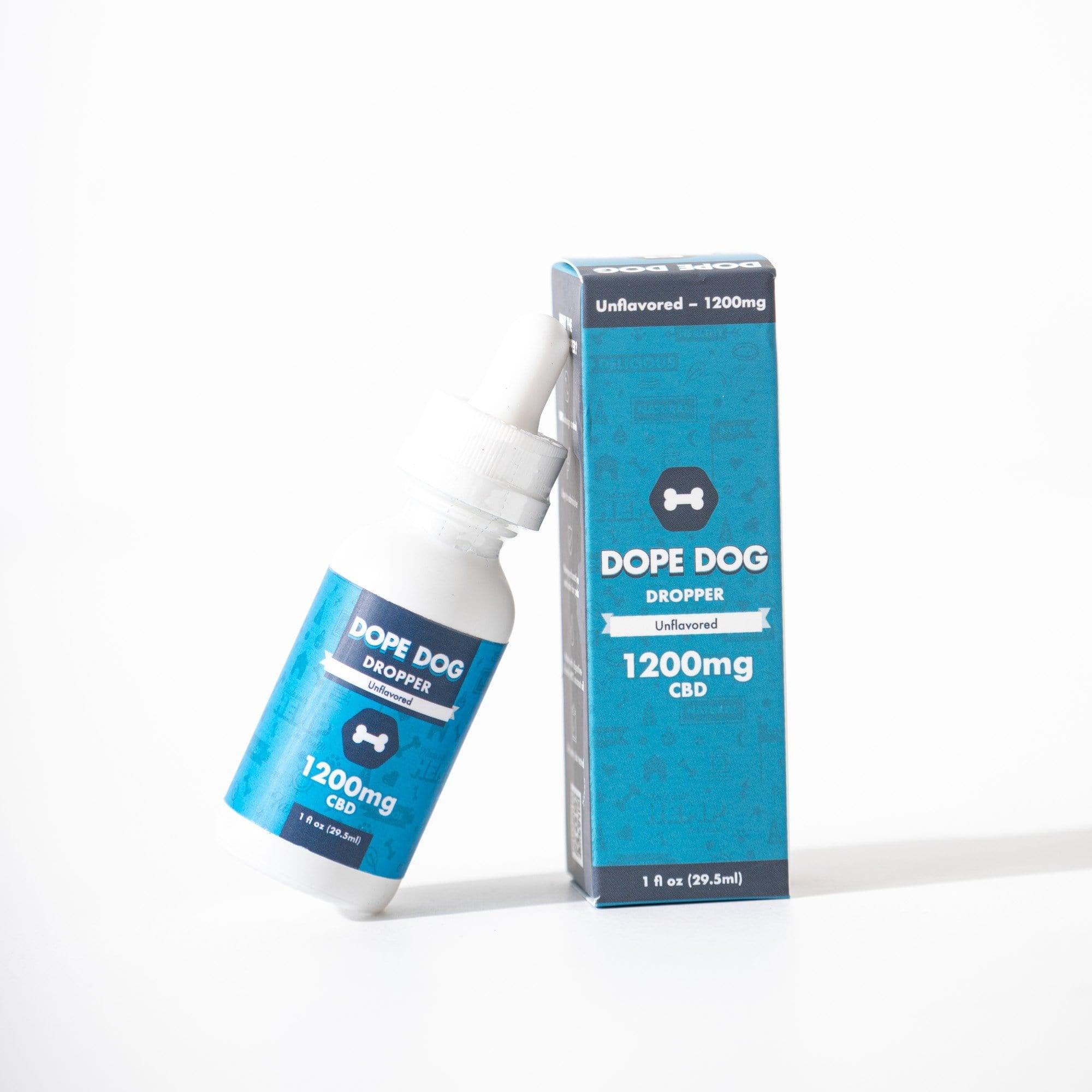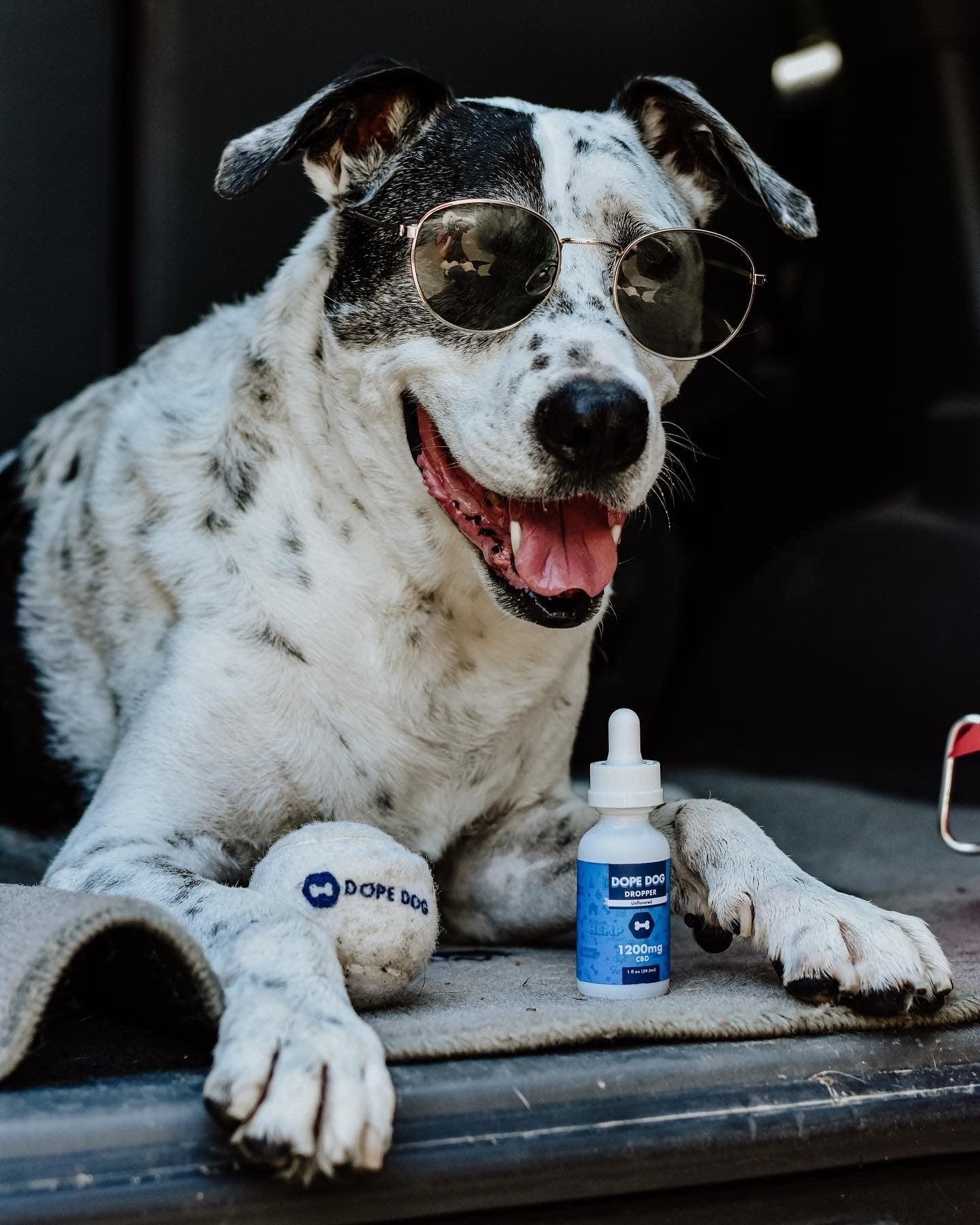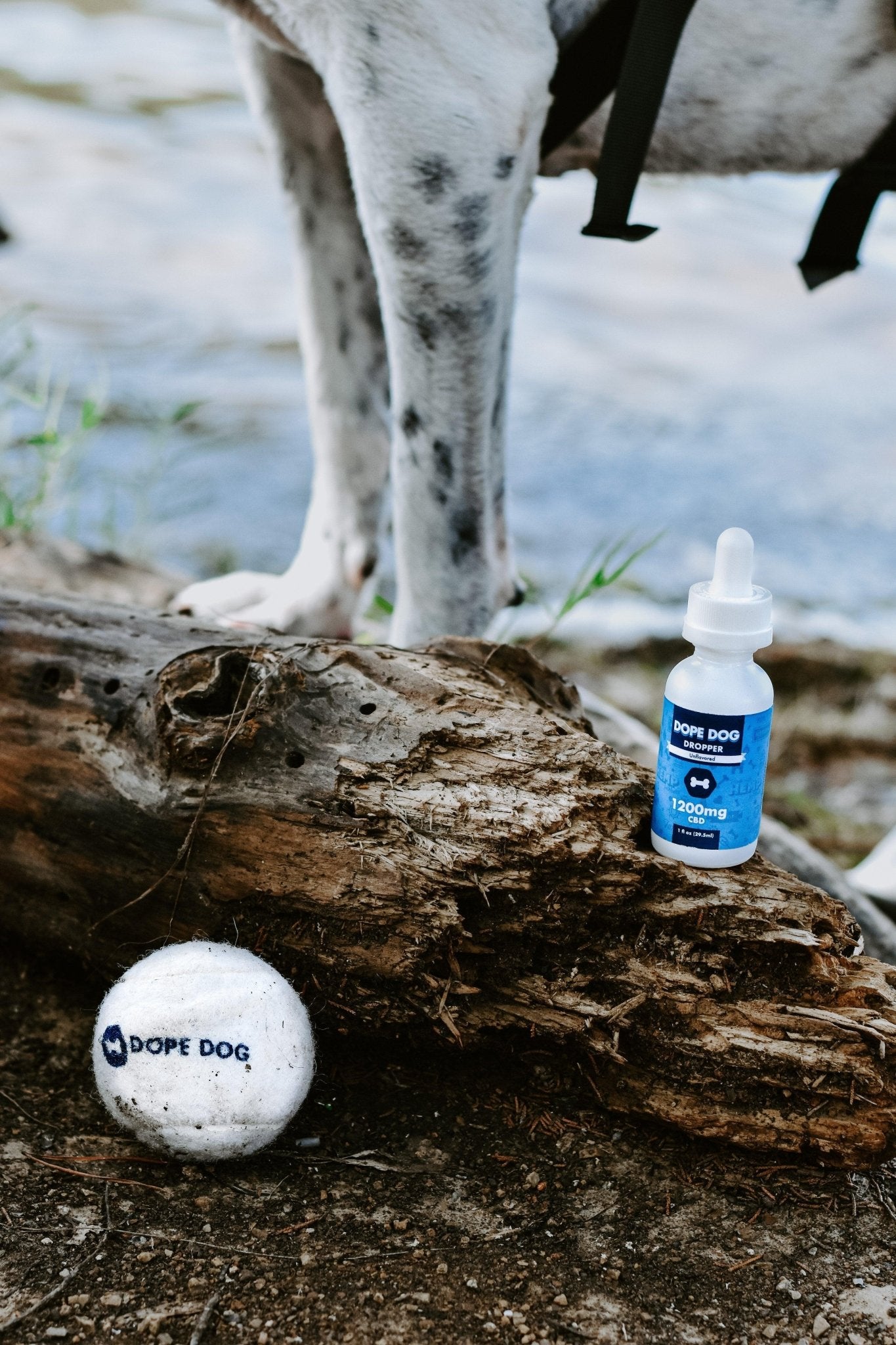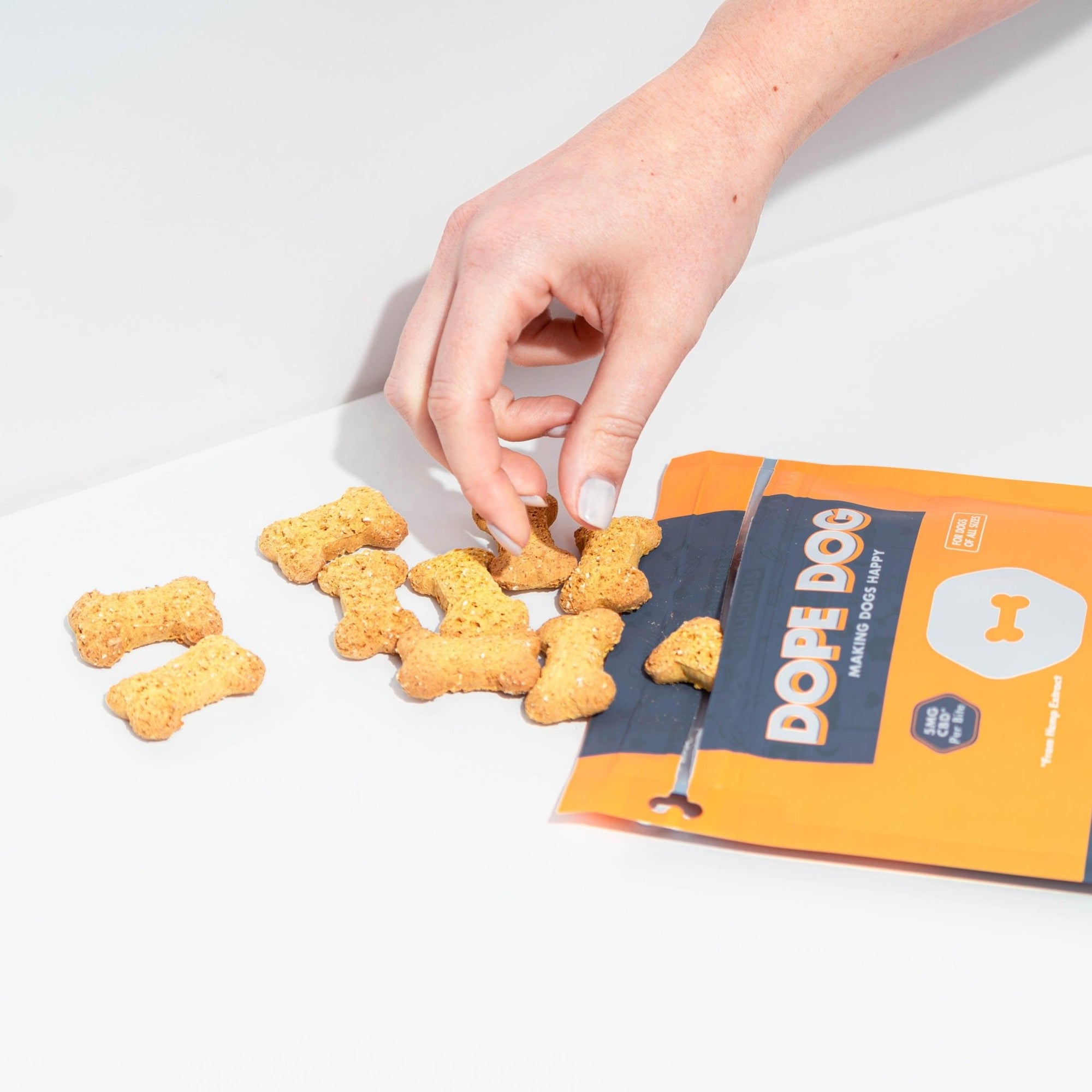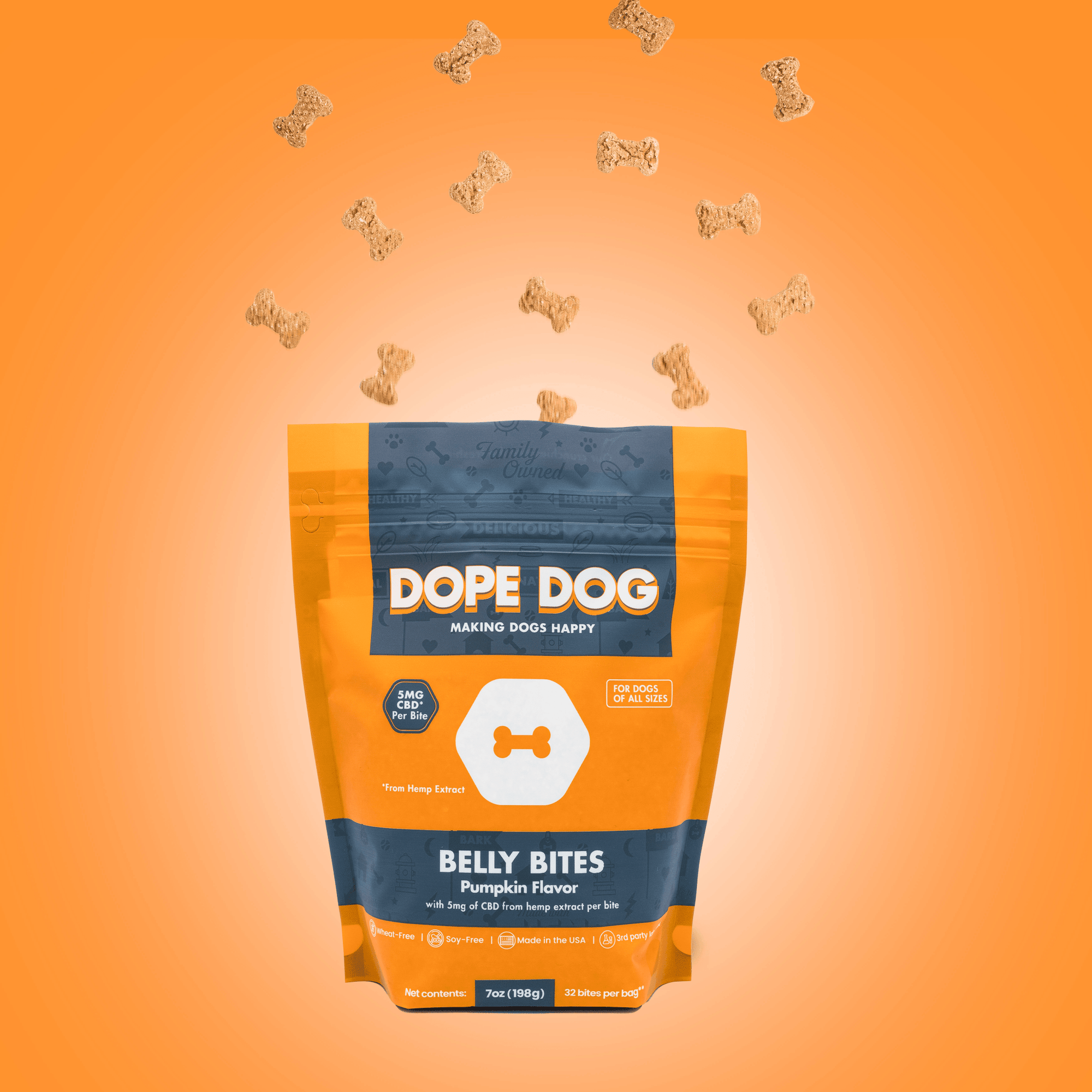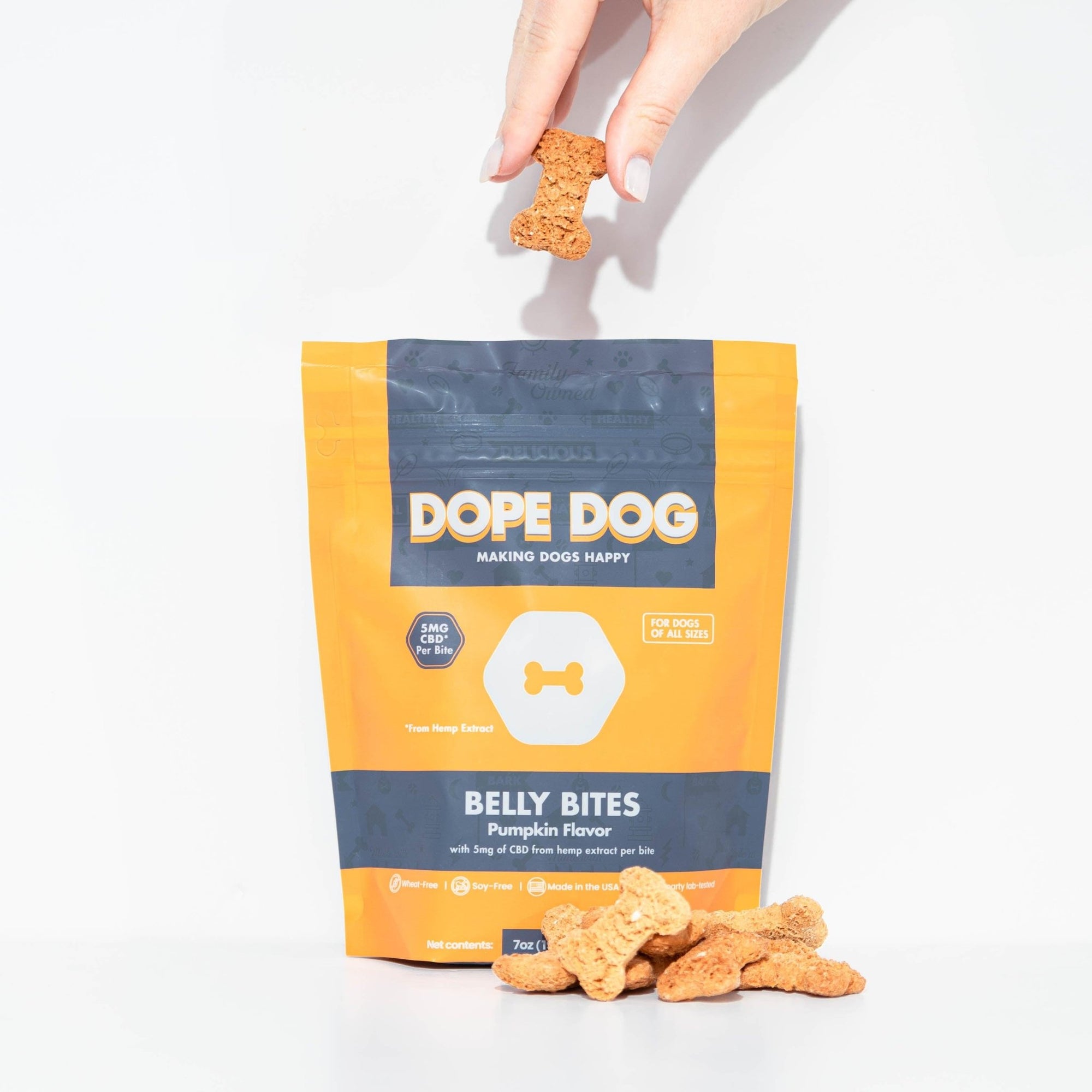You love your dog and will do anything in your power to make him/her happy and secure. After all, dogs are a man’s best friend, so, you want to give them the world. Unfortunately, your dog can’t talk to you so you would have to play some detective work. Sometimes, your canine companion can be a little bit nervous about certain situations.
For example: loud noises, crowded places, strangers, specific items, storms, or anything new and provoking can cause some anxiety. When Fido gets too nervous, he can snap, bark, or fight. This can be very dangerous, especially if you have children in the family. The essential part of owning a dog is being able to tell that they are nervous, and what is causing the anxiety. Once you have figured out the missing puzzle pieces, everything else will fall into place. In the eyes of an inexperienced dog owner, a severely anxious dog might look like he or she is calm and relaxing.
Lucky for you, we have all the information to show you how you can tell if your dog is experiencing some anxiety, and what you can do to alleviate that anxiety with your nervous dog.
Related: 10 Most Popular Dog Breeds
How to know if your dog is nervous?
Posture
The first thing to look at is your dog's posture. If they’re crouched down with their head lowered, shaking, and tail tucked between their legs, then most likely they’re nervous about something. When this happens, make sure to approach him/her cautiously because a nervous dog is most likely to snap.
Hiding
Some dogs find comfort in hiding their fear. You might notice your nervous dog somewhere underneath the bed or in the closet. This might be a sign of anxiety, and it’s best to leave your dog alone, so they can relax and cool down.
Seeking comfort
Some anxious dogs might want to seek comfort and affection from their owner. Cuddling and holding your dog can provide security and support to keep them relaxed.
Shaking
If your house is warm and your dog is shaking, then most likely he/she is scared of something. According to, PetCareRx, shaking is a common sign of anxiety and should not be overlooked.
Licking and chewing
When dogs are licking or chewing a bone, it activates the pleasure system to relax them. Often times, when they are bored, they tend to chew a lot because it helps alleviate anxiety. Whenever you see your dog randomly chewing on a bone with a very fearful posture, then you know something bad is going on.
Barking and howling
If a stranger rings the doorbell and your dog is always barking or howling, this indicates stress and anxiety from the doorbell and the stranger. It’s also a way for the dog to warn their owner that something is nearby.
Aggression
It’s vital to give an anxious dog some space and to avoid touching or grabbing them. This is mainly because a nervous dog is most likely to growl, snap, or bite. This has led to a lot of accidents in the household with children who are not aware of the signs of an anxious dog.
Trying to escape
Dogs that feel trapped are more likely to feel anxious and feel the need to escape. For example, if you lock them up behind the gate or cage that they are unfamiliar with, your canine friend is most likely to find ways to escape or chew through the fences or locks.
Energy
It’s another sign of anxiety if your dog starts jumping around and barking like crazy when confronted with loud noises. This surge of energy is a way for the dog to prepare for any danger so they can escape or win the fight against an obstacle.
Diarrhea
If you have a well mannered and house trained dog, and notice poop everywhere, then there is a chance that your dog feels threatened. This could be a confusing sign because food poisoning and upset stomach can cause diarrhea, so you want to rule out health issues. If it’s not from anything health related, then it’s most likely anxiety and stress. Keep in mind that stress can stimulate your dog's bowels, so that can leave a crazy mess in the house.
Destroying everything
If you come home and find all of your furniture destroyed and chewed up, then most likely you have an anxious dog. When the dog gets stressed out, they are constantly seeking for ways to alleviate that anxiety. This would entail destroying things to unleash the feeling of anxiousness. It’s a little bit OCD because they chew, claw, and rip to mitigate that stressful situation that is always in their mind.
Panic attack
Just like humans, dogs get panic attacks as well. They experience several symptoms that are very similar to humans. The panic attack can last from minutes to hours, and it could involve a variety of signs and signals. If you start seeing them pacing around, look out for these common signs of a panic attack: looking nervous, sweating, panting, committing self-injury and destroying things. This means that something is seriously bothering your dog and they need help right away.
If your nervous dog shows any of these signs and symptoms, then most likely they have some sort of anxiety. It’s best to find what is causing the issue and stop it immediately. For example, if an object or loud noises are making your dog go crazy, then find a way to reduce the noise. Unfortunately, there are cases where you can’t get rid of the stressor or the situation. For example, if you have to travel from one place to another with your dog, then that is an unavoidable situation. Some dogs get very anxious when they are on the airplane or car ride.
Luckily, there are tips and tricks that you can use to help your nervous dog relax and enjoy his/her day.
Related: CBD Success Story: A word from one of our Dope Dogs
How to Help Your Nervous Dog
Now that you’ve learned how to tell if your dog is anxious, here are ten amazing strategies that you can try to calm down your nervous dog.
Classical music
Studies have shown that Beethoven and Mozart can help your dog relax. All you have to do is turn on your iPhone or YouTube and play some classical music. It’s best to have a comfortable bed with lots of blankets nearby, so your dog can relax with the music.
Matt training
Matt training is a very effective way to alleviate anxiety. All you need is a comfortable mat for your dog to lie down and relax. This will help him/her feel safe, and focus better rather than destroying your environment.
Massage
We all love massages, and so does your dog. This is a great time to bond, and to show them that you care. Start by gently patting and scratching his/her head and ears, and slowly massage their body. If you notice your dog gets calmer and relax when you massage a certain area, then continue doing so. This can instill trust and security between you and your dog. It would also be enjoyable for your dog to consider taking them to a nice pet spa!
Keep yourself calm
We know that sometimes, humans need to relax too, and dogs are great at picking up other people's energy. That is why you should never underestimate your dog. He knows when you are happy or sad, and he would internalize that energy as well. If your dog is anxious, the best thing to do is to be relaxed and calm yourself. That way, your dog will feel safe and secure. This is important because he can pick up that calm energy and absorb it himself. Plus, you are the alpha or pack leader, and your dog is beta. That means the dog will feel maximum security and support if the pack leader is confident and calm.
Be consistent
Dogs love routine and schedule. If there is a slight change in their normal daily routine, it can cause stress in their life. This is why it’s important to slowly and gradually adjust your dog to any change. For example, if you are officially moving to a new location, your dog would be stressed and anxious for about a week or two to adjust. The best thing to do is to keep your routine as consistent as possible to help your nervous dog adapt to the new environment and to adjust to new changes.
TTouch
TTouch therapy was originally used for horses, but because of its success, it has transitioned to dogs as well. This method involves a light massage technique in a clockwise circular motion. TTouch therapy helps to counteract adverse behaviors and to develop a comforting relationship between the owner and the dog.
Distance
If your dog is nervous about a certain object, then it’s best to increase the distance between the object and the dog. You can gradually and slowly decrease the distance to help your dog adapt to that object. This will let him/her know that the object will not hurt them and that it is safe to be around it.
Anxiety wrap
Anxiety wrap is an amazing invention. It’s a warm and comforting material that you wrap around the dog during a stressful situation. For example, if your dog is afraid of thunderstorms or a car ride, you can use the anxiety wrap to mitigate his stress. There are a lot of companies that make these types of wrap, so you can pretty much purchase them anywhere. It’s essential to make sure that you do not leave the wrap on them for an extended period of time. After all, this is only a temporary fix.
Some good munchies
Food always makes a person feel comfortable, and it works the same with your dog as well. When you see a dog looking nervous, you can bring him a delicious biscuit or meat to help calm his nerves. There are dog treats that have CBD ingredients to help calm a nervous dog. If you are taking the dog on a car ride or the airplane, just give him a couple of dog treats with CBD, and you have a happy dog with you. Keep in mind that it’s best to provide the appropriate amount of dog treats with CBD because too much of that can actually be harmful. Usually, these dog treats have the proper feeding instruction to guide you. Another idea is that you can spice up your dog's food by mixing it with a can of wet food. You can add some extra flavor in their food, which will entice them to eat. When your dog is eating or chewing, that motion can calm and relax him or her for the day.
Related: 3 things to look for when shopping for CBD oil
Doggy yoga
People aren’t the only one doing yoga, but dogs are doing it as well. There are plenty of places where you can bring your dog and do yoga. The instructor will teach you techniques that will relax both you and your dog. This is basically like hitting two birds with one stone. After all, your dog can sense your energy. If he feels that you are stressed out, then he will be as well. Luckily, with doggy yoga, both of you guys will enjoy the company of each other, relax, and bond. This is actually a very creative way of relaxing both you and your dog. After this activity, you guys can take a stroll around the park to get some fresh air and vitamin D from the sun.
Take Home Message
A stressed-out dog can be hazardous. They can growl, bark, and attack. This is why, if you observe some signs and symptoms of distress, it’s best to find out what is causing it. There could be a variety of reasons why your dog is nervous such as a change in location, certain situations, objects, going to the vet, car rides, or airplanes. Whatever the case is, you want to find ways to mitigate the stress. These top 10 strategies can definitely help your nervous canine companion to relax and strengthen his or her relationship with you. That way, it will instill trust, security, and your alpha status. After all, dogs are like family, so you want to treat them like one. The best way to do that is to make sure they feel happy, safe, and secure in your home.
Related: 10 Best Apps for Dog Owners

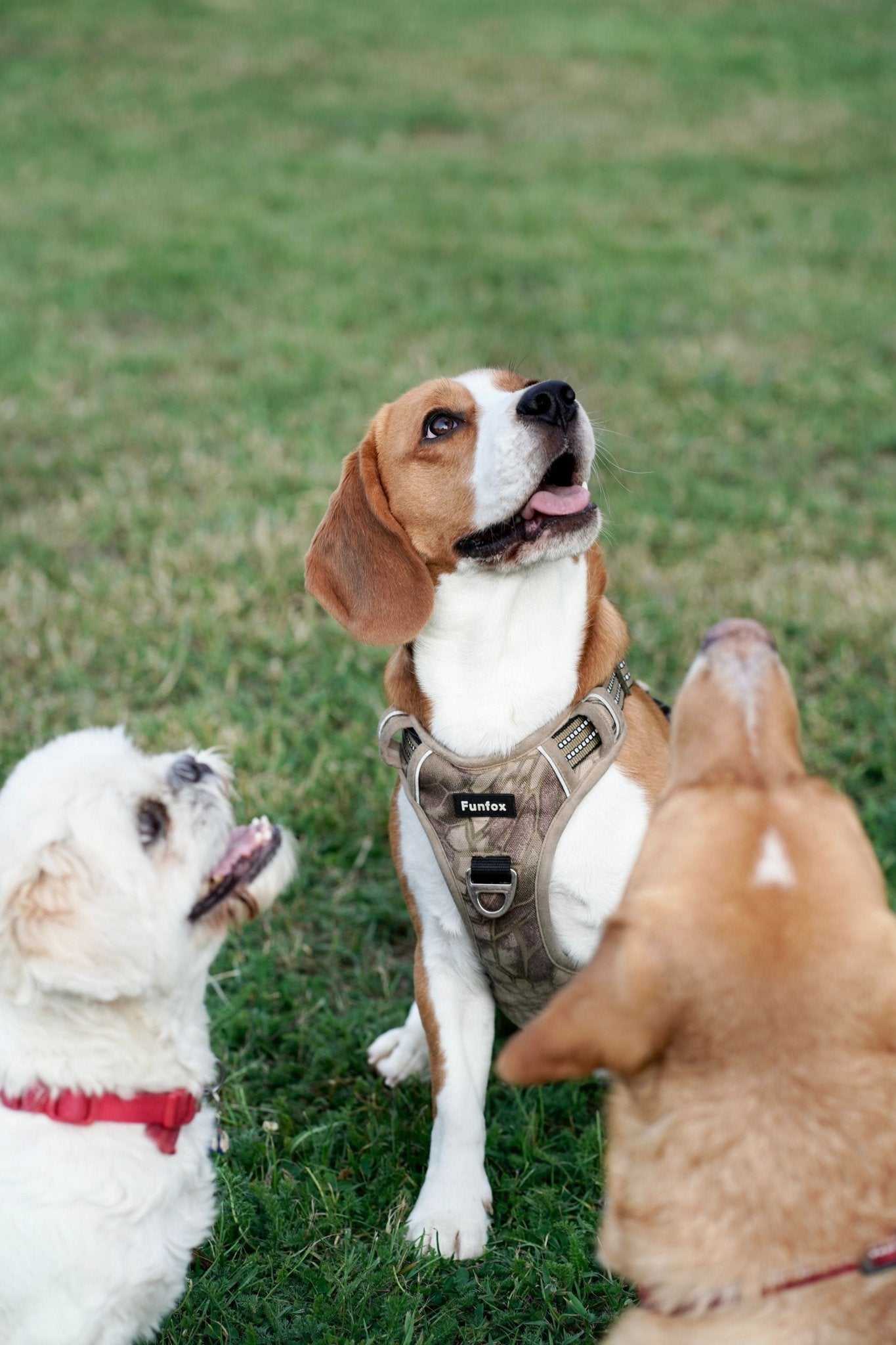
![Why is My Dog's Ear Swollen? [MUST KNOW!]](http://dope.dog/cdn/shop/articles/tim-higham-QxDXORRktWE-unsplash-555717.jpg?v=1697236049&width=1536)
